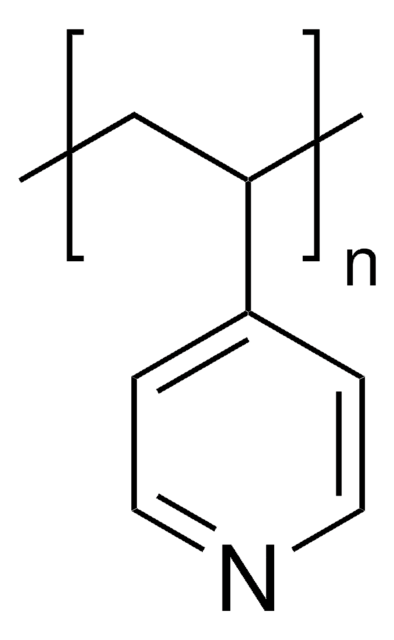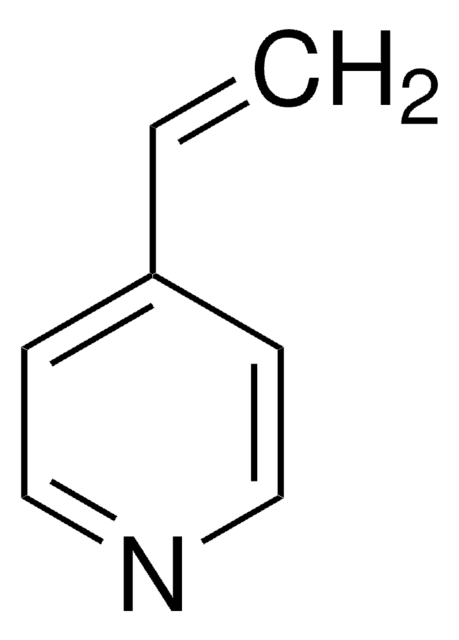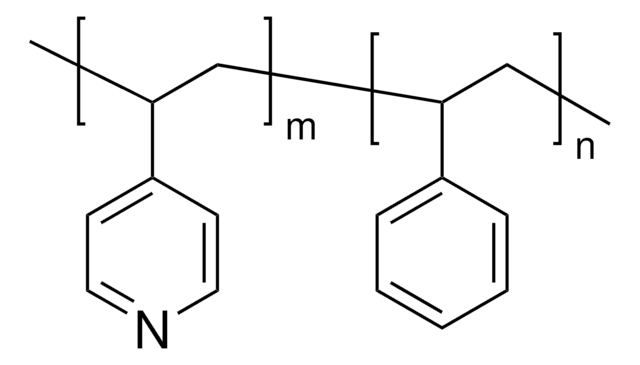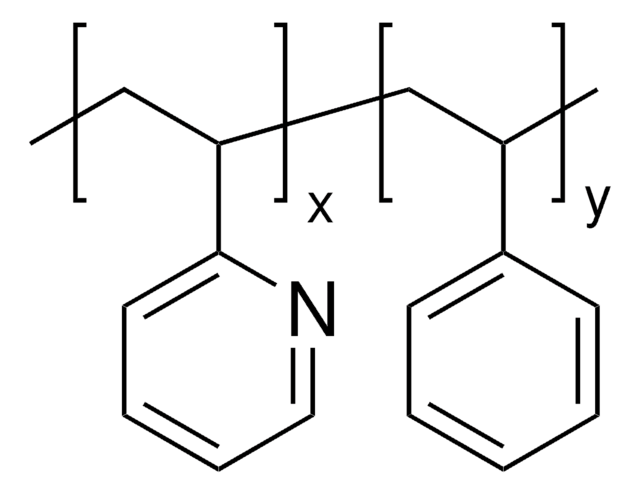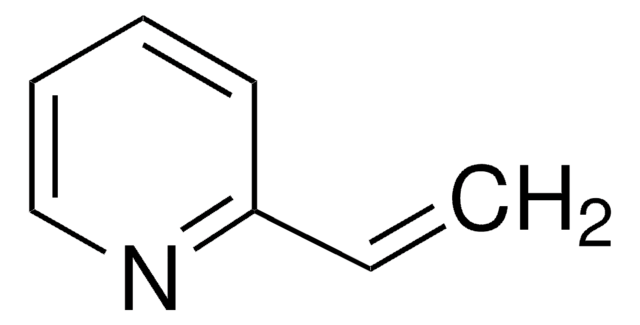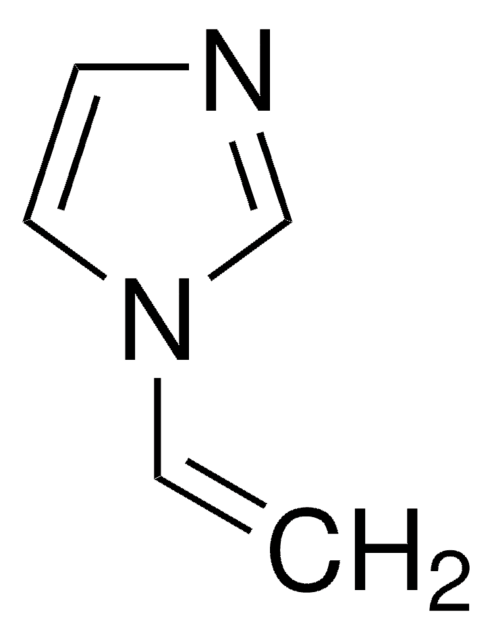523321
Poly(2-vinylpyridine)
analytical standard, average Mw 37,500 (Typical), average Mn 35,000 (Typical)
About This Item
Produits recommandés
Qualité
analytical standard
Niveau de qualité
Poids mol.
average Mn 35,000 (Typical)
average Mw 37,500 (Typical)
Technique(s)
gel permeation chromatography (GPC): suitable
Format
neat
Chaîne SMILES
n1c(cccc1)C=C
InChI
1S/C7H7N/c1-2-7-5-3-4-6-8-7/h2-6H,1H2
Clé InChI
KGIGUEBEKRSTEW-UHFFFAOYSA-N
Vous recherchez des produits similaires ? Visite Guide de comparaison des produits
Catégories apparentées
Mention d'avertissement
Warning
Mentions de danger
Conseils de prudence
Classification des risques
Eye Irrit. 2 - Skin Irrit. 2 - STOT SE 3
Organes cibles
Respiratory system
Code de la classe de stockage
11 - Combustible Solids
Classe de danger pour l'eau (WGK)
WGK 3
Point d'éclair (°F)
Not applicable
Point d'éclair (°C)
Not applicable
Équipement de protection individuelle
dust mask type N95 (US), Eyeshields, Gloves
Faites votre choix parmi les versions les plus récentes :
Déjà en possession de ce produit ?
Retrouvez la documentation relative aux produits que vous avez récemment achetés dans la Bibliothèque de documents.
Les clients ont également consulté
Notre équipe de scientifiques dispose d'une expérience dans tous les secteurs de la recherche, notamment en sciences de la vie, science des matériaux, synthèse chimique, chromatographie, analyse et dans de nombreux autres domaines..
Contacter notre Service technique

